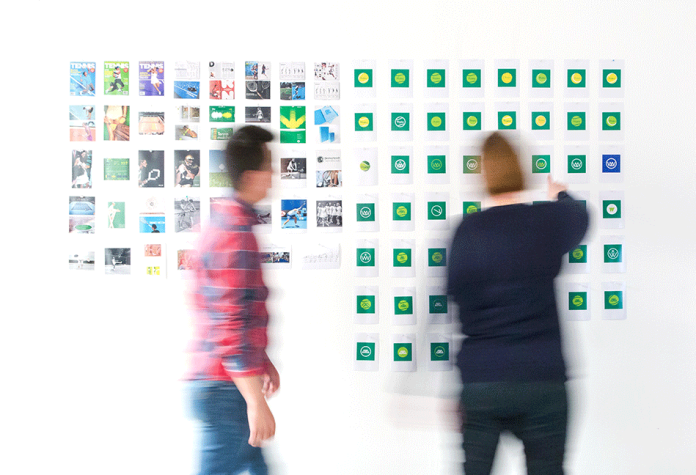The art of storytelling has found its niche within the world of film production, though not in the way you might expect. This art has transcended spoken and written communication and settled in the unique realm of visual representation: storyboarding. Let’s dive into this exciting area of filmmaking and unwrap its significance, methodology, and best practices.
The Importance of Storyboarding
Storyboards are critical to film production for numerous reasons. They provide a visual representation of the narrative, set the stage for production design, and enable the crew to foresee potential challenges. Moreover, they act as a communication medium for directors to transform their vision into a tangible visual that the entire crew can understand and work towards.
In the age of digital communication, video content has taken a front-and-center role in marketing strategies. A compelling video can be a game changer in promoting a product or service. Hence, it’s crucial to have a detailed plan before jumping into the production phase. One crucial aspect is a storyboard. The storyboard not only gives a visual outline of the video but also helps to convey the marketing message effectively. Understanding the power of video production in marketing is, thus, an indispensable skill for video marketers and producers alike.
The Process
The process of creating a storyboard might appear straightforward — sketch out the shots — but there’s much more to it. The first step is understanding the script. Next, the creator should start picturing scenes visually and mapping out transitions. It’s not just about sketching the scene, but also annotating camera movement, character actions, dialogue, or lighting effects. Ultimately, the storyboarding process involves creating a visual blueprint for the movie.
Each storyboard is composed of several panels, each representing a particular scene or shot. In each panel, aside from sketches, there could be arrows for denoting motion direction, labels for characters or objects, and textual annotations for additional descriptions. Thus, understanding a storyboard requires a reasonable grasp of film terminology and photography principles.
In animation film production, storyboarding holds an even more crucial role. Animated movies, TV episodes, or commercials largely depend on storyboarding to set the rhythm, pace, and flow of the animated scenes. It offers a detailed view of how the animations will interact, the timing of each visual cue, and the sequence of events – all of which contribute to the overall cohesiveness of the storyline.
Tools and Techniques
Like any creative process, storyboarding can be further enhanced by integrating the right tools. Using software or apps designed for storyboard creation can streamline the process, allowing artists to focus more on the creative aspect. There are several digital solutions today that offer a variety of features such as pre-designed templates, drag-and-drop features, and even 3D modeling.
Over time, storyboard artists have developed advanced techniques to bring their stories more effectively to life. One such technique is the use of color to denote different moods or times of day. Another innovative method involves creating ‘animated storyboards’, also known as ‘animatics’, which involve a series of images played in sequence with a rough dialogue and soundtrack. These advanced techniques enable filmmakers to visualize and adjust the timing and rhythm of scenes before moving into production.
Best Practices
- Utilize simple drawings: The objective is to represent the scene, not to create a remarkable work of art.
- Involve the whole team: Feedback from the production crew, cinematographers, and set designers can refine the storyboard enormously.
- Stay flexible: It’s a blueprint, not a binding contract. Adaptation and changes based on practical considerations are common.
- Think cinematic: Pay attention to continuity, visual aesthetics, and camera angles. The storyboard should be a mini-version of the film in paper format.
Storyboards, in essence, phase out ambiguity from the film-making process. They foster better understanding, communication, and collaboration among the crew bringing everyone onto the same page. Although storyboarding requires time and careful consideration, the resulting efficiency and clarity in the production process make it an art that is well worth mastering.





































